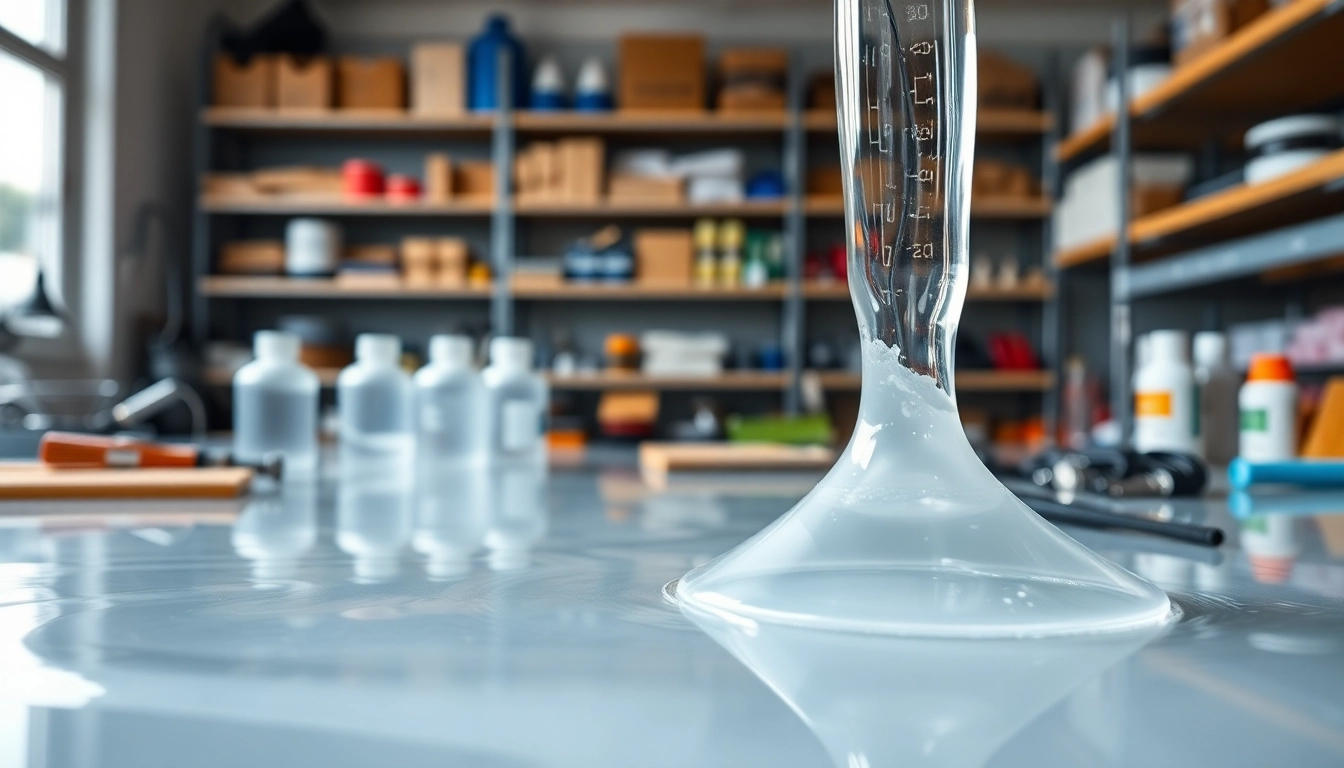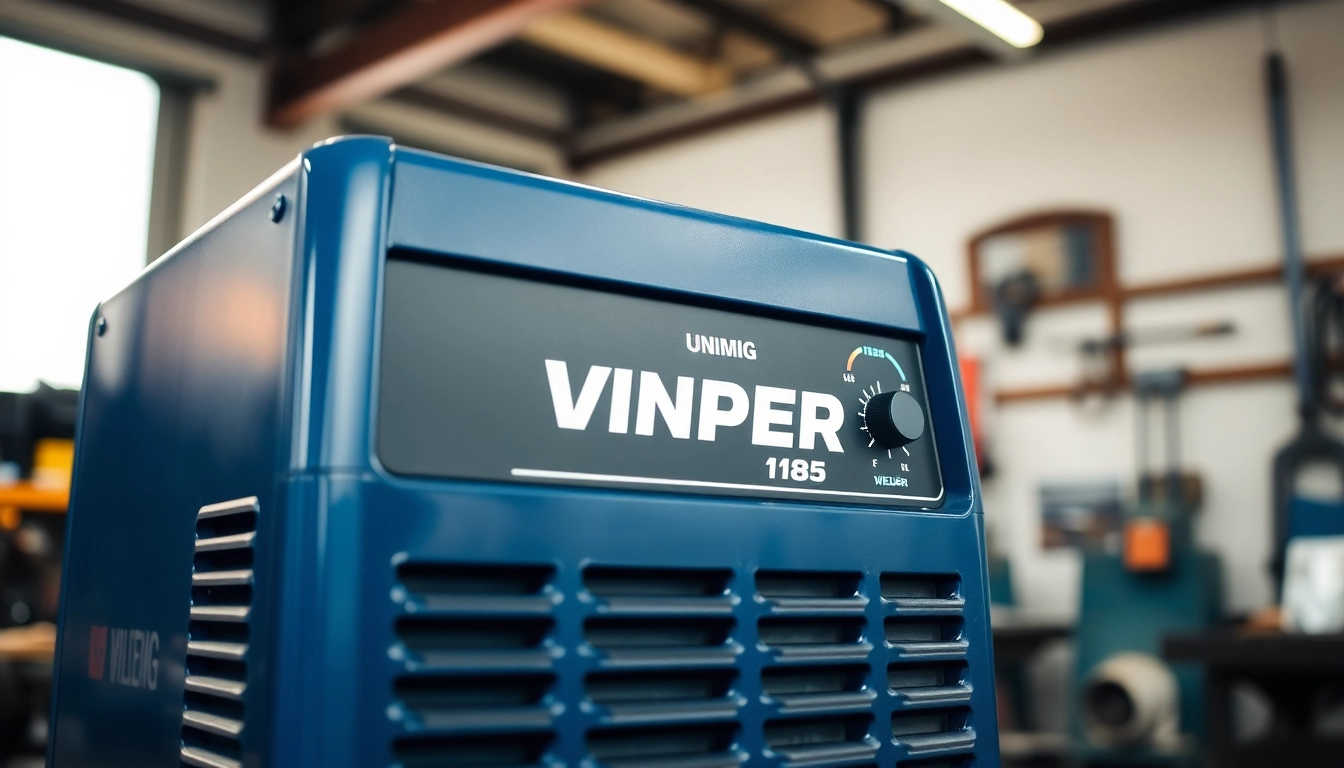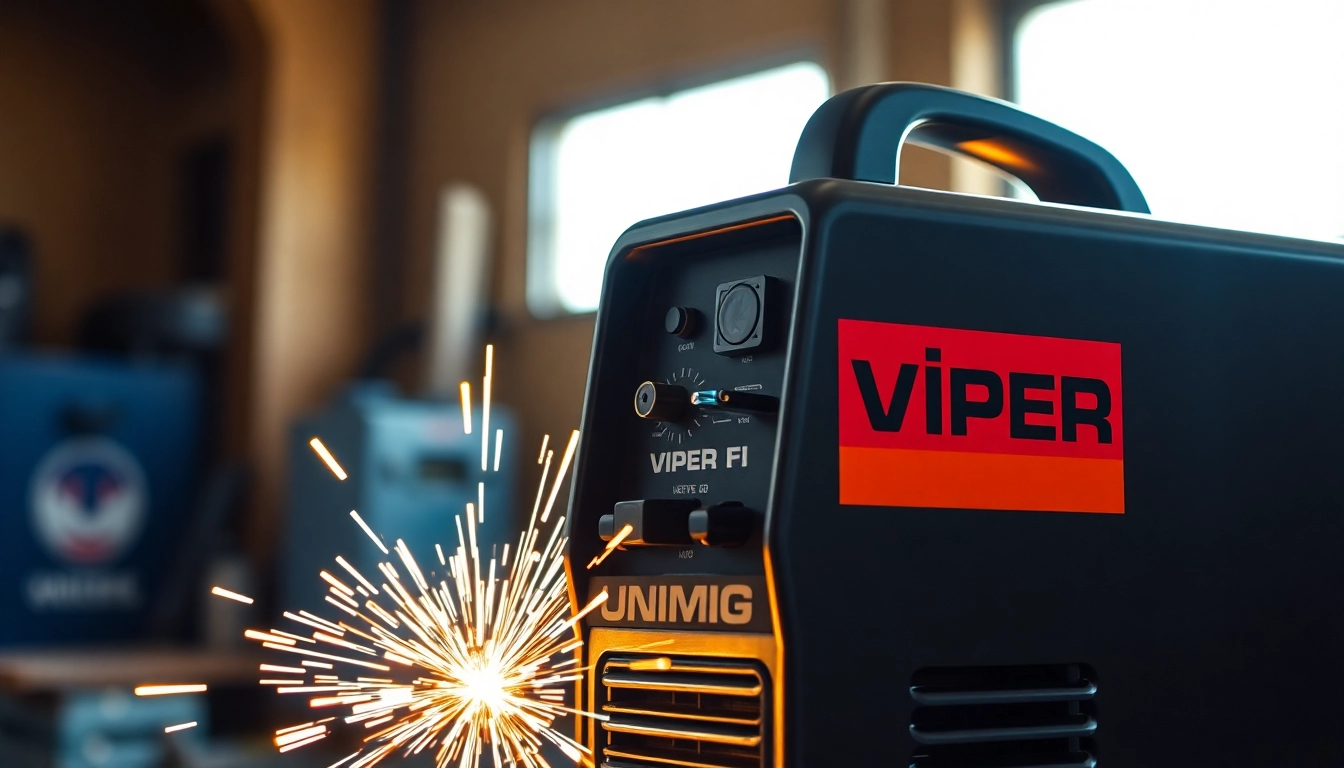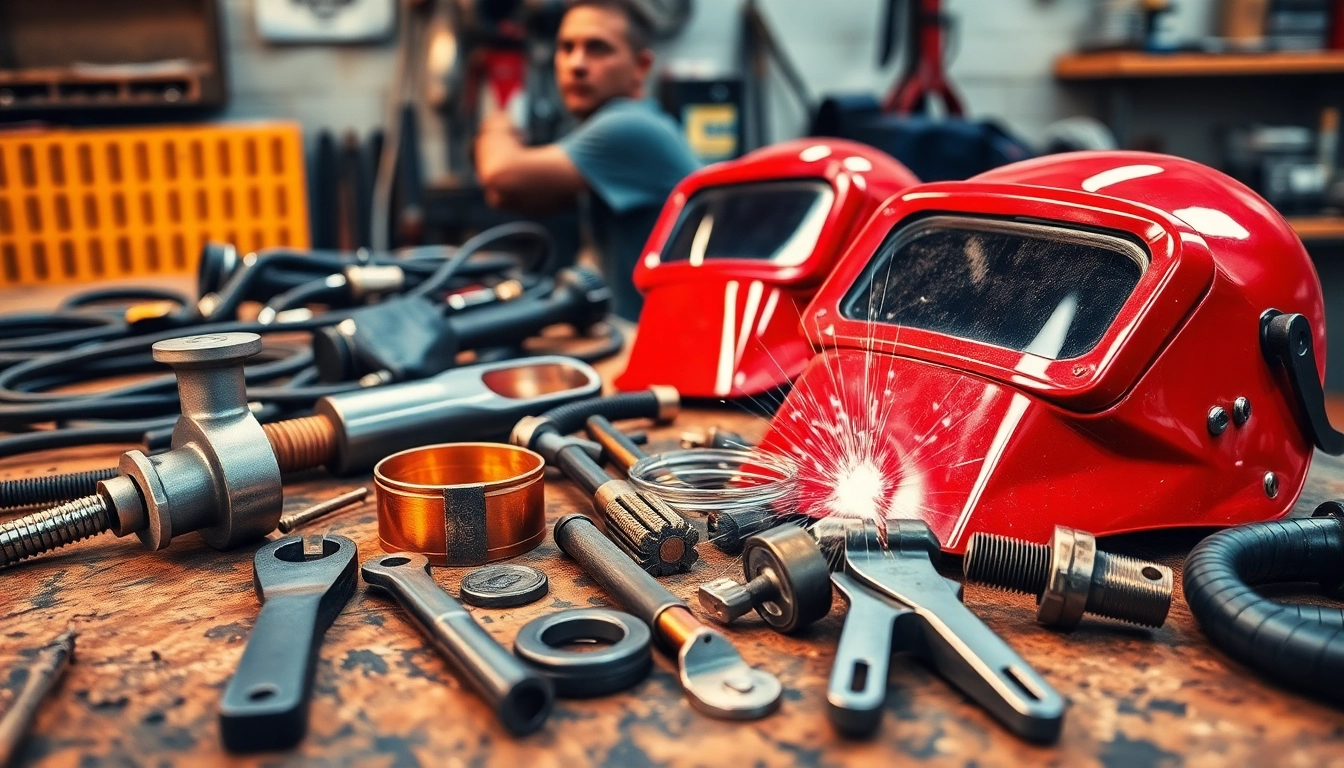Introduction to Infusion Resins
Infusion resins are a specialized category of resins designed primarily for the composite manufacturing process known as resin infusion or vacuum infusion. This technique involves the application of vacuum pressure to pull resin into dry fibers, enabling the creation of lightweight yet robust composite materials efficiently. As the demand for advanced composites continues to rise, understanding the intricacies of these materials becomes ever more valuable. For those interested in exploring high-performance solutions for their manufacturing needs, infusion resins present a compelling option.
What are Infusion Resins?
Infusion resins are formulated to have low viscosity, which facilitates easier flow and penetration into fibrous materials, making them ideal for use in composite manufacturing. These resins usually consist of epoxy, polyester, or vinyl ester bases, often blended with additives to enhance their mechanical properties and performance. Unlike traditional pouring techniques, resin infusion operates on a vacuum system that ensures consistent application and superior bonding between fibers, resulting in solid composite structures.
Benefits of Using Infusion Resins
The advantages of using infusion resins are multifaceted:
- Improved Strength: Infusion resins create a seamless bond between fibers, enabling the production of composites that exhibit superior tensile and flexural strength.
- Enhanced Clarity and Finish: The curing process in the vacuum environment promotes excellent surface finishes, which are crucial for aesthetic applications such as boat hulls and automotive components.
- Controlled Flow: The low viscosity allows for better control during application, ensuring that the resin penetrates all areas of the fibrous structure, minimizing the chances of voids and ensuring uniformity.
- Reduced Waste: Since the infusion process draws resin into the fibers rather than pouring it over them, there is less excess material to discard, contributing to more efficient use of resources.
- Flexibility and Customization: Infusion resins can be tailored with various additives to achieve specific performance characteristics, making them incredibly versatile for a range of applications.
Common Applications in Composite Manufacturing
Infusion resins find applications across various industries, including:
- Aerospace: Used for creating lightweight aircraft components to improve fuel efficiency and performance.
- Marine: Ideal for manufacturing strong, water-resistant boat hulls and other marine structures.
- Automotive: Used to create lightweight parts in vehicles to enhance performance and fuel efficiency.
- Construction: Employed in the manufacturing of structural components for buildings and infrastructures.
- Wind Energy: Used in producing components for wind turbines, including blades, which require high strength-to-weight ratios.
The Infusion Resin Process
Step-by-Step Guide to Resin Infusion
The process of resin infusion can be compactly described through the following steps:
- Preparation of Molds: The first step involves preparing the mold by ensuring it is clean and free from contaminants. It may also require applying release agents to facilitate easy demolding.
- Placing the Fibers: Fiberglass, carbon fiber, or other fiber materials are strategically laid in the mold to create the desired shape. The arrangement and layering of fibers are crucial for achieving the required strength and flexibility.
- Sealing the Mold: A vacuum bag or seal is placed over the mold, ensuring that there are no air leaks which could compromise the infusion process.
- Connecting the Vacuum System: The mold is attached to a vacuum system that eliminates air from the mold and fibers, creating a vacuum environment.
- Introducing the Infusion Resin: Once a vacuum is established, the low-viscosity resin is injected into the mold through a feed line. The resin is drawn into the fibers through the vacuum seal.
- Curing: After the resin fully permeates the fibers, it is cured, either at room temperature or under controlled heat, depending on the resin system used.
- Demolding: Once cured, the composite part is demolded, and any additional finishing or post-processing steps can be applied.
Key Equipment for Successful Infusion
The equipment required for effective resin infusion includes:
- Vacuum Pump: Essential for creating a vacuum environment in which the resin can be drawn into the fibers efficiently.
- Vacuum Bags: Sealing films that encapsulate the mold to maintain the vacuum pressure during the infusion process.
- Resin Reservoirs: Containers that hold the resin and facilitate its transfer into the mold.
- Hoses and Fittings: Used to connect the vacuum system to the mold and resin reservoirs, allowing for precise resin injection and vacuum maintenance.
- Mold Release Agents: Products that facilitate easy removal of cured parts from molds.
Best Practices for Applying Infusion Resins
To optimize the results of the infusion process, consider the following best practices:
- Optimize Material Properties: Select infusion resins based on the mechanical properties required for the end-use application.
- Ensure Proper Venting: Properly arrange venting lines to allow for effective air removal and resin flow, preventing bubbles and voids.
- Monitor Vacuum Levels: Continuously check vacuum levels to ensure there are no leaks and that the resin adequately penetrates the fibers.
- Control Environmental Conditions: Ensure that the temperature and humidity levels are at optimal ranges for both the resin and fibers involved.
- Perform Test Infusions: Conduct trial runs to fine-tune processes and confirm that applications yield the desired results.
Types of Infusion Resins
Low-Viscosity Infusion Resins Explained
Low-viscosity infusion resins are characterized by their fluidity, which simplifies the infusion process. These resins flow easily through the fibrous structure, ensuring thorough saturation. They are particularly beneficial in applications requiring detailed molds or intricate shapes. Common base materials include:
- Epoxy Resins: Known for their exceptional adhesive properties and durability.
- Polyester Resins: Frequently used in marine applications due to their cost-effectiveness and good corrosion resistance.
- Vinyl Ester Resins: Offering better corrosion resistance than polyester and improved mechanical strength.
Eco-Friendly Options in Infusion Resins
As sustainability continues to influence manufacturing practices, eco-friendly infusion resins have gained traction. These resins are formulated using renewable resources, reducing environmental impact without compromising performance. Notable developments include:
- Bio-based Resins: Developed from natural sources like vegetable oils, these resins boost sustainability while maintaining good mechanical properties.
- Recycled Resins: Innovations have led to the recycling of old composites to create new resin products, minimizing waste in production cycles.
- Low Emission Resins: Formulated to reduce volatile organic compounds (VOCs) during curing, contributing to a healthier work environment.
Comparative Analysis of Infusion Resin Types
When deciding on an infusion resin, various factors need consideration, including application requirements, budget, and desired characteristics:
| Type of Resin | Advantages | Disadvantages |
|---|---|---|
| Epoxy Resins | High strength, excellent adhesion, superior heat resistance | Higher cost, longer cure time, may require heat curing |
| Polyester Resins | Cost-effective, fast curing, good chemical resistance | Lower adhesion strength, higher shrinkage during curing |
| Vinyl Ester Resins | Great resistance to water and corrosion, superior strength | Higher cost than polyester, limited working time |
Challenges in Using Infusion Resins
Common Mistakes During the Infusion Process
Even with proper training and best practices, several common mistakes can compromise the resin infusion process:
- Insufficient Vacuum Maintenance: Failing to adequately maintain vacuum pressure can lead to incomplete infusion and weakened composites.
- Poor Fiber Arrangement: Improperly arranged fibers can create areas of high-pressure and low-pressure zones, leading to uneven resin distribution.
- Lack of Process Control: Not monitoring environmental factors such as temperature and humidity can affect the curing of the resins.
Handling and Storage of Infusion Resins
Handling and storage practices are crucial to maintaining the integrity and performance of infusion resins:
- Store in a Cool, Dry Place: Infusion resins should be kept away from sunlight and moisture to prevent premature curing or degradation.
- Follow Manufacturer Guidelines: Always adhere to the manufacturer’s recommendations regarding shelf life and storage conditions.
- Use Within Recommended Timeframes: Once opened, many resins have specific pot life or working time that should be observed to avoid issues during infusion.
How to Troubleshoot Infusion Resin Issues
Issues during the resin infusion process can arise, but many can be resolved through proper troubleshooting:
- Resin Not Fully Infusing: Check for vacuum leaks, improper fiber arrangement, and ensure that the resin is adequately mixed.
- Bubbles or Voids in the Composite: Ensure proper venting and that the vacuum has been well established before initiating the infusion.
- Longer Curing Times: Confirm that the working temperature is in the correct range for the specific resin being used.
Future of Infusion Resins in Manufacturing
Innovative Trends in Resin Technologies
The landscape of infusion resins continues to evolve, driven by technological advancements and market demands. Notable trends include:
- Smart Resins: The introduction of smart materials that can change properties in response to environmental conditions, enhancing performance.
- Hybrid Resin Systems: The development of resin systems that combine characteristics of different resins to achieve multifaceted benefits.
- 3D Printing Applications: The integration of infusion resins in 3D printing processes, allowing for complex geometries and enhanced customization.
Impact of Sustainability on Infusion Resins
Sustainability is becoming a critical focus across industries. The push for greener processes is prompting manufacturers to explore alternative materials and production methods within resin infusion:
- Life Cycle Assessments: Implementing assessments to evaluate the environmental impact of resin production and its end-of-life scenarios.
- Regulatory Pressures: Enhanced regulations promoting reduced VOC emissions and greater sustainability will likely shape future resin formulations.
- Consumer Preference: A growing trend towards environmentally friendly products is influencing manufacturers to adopt sustainable practices in resin development.
Forecasting Market Trends for Infusion Resins
Market demand for infusion resins is expected to rise as various industries adopt advanced materials for efficiency and sustainability. Analysts predict:
- Increased Adoption in Automotive and Aerospace: As the need for lightweight, strong materials rises, the use of infusion resins in these sectors is likely to expand.
- Emergence of Sustainable Resins: The market will see a significant push towards bio-based and recycled infusion resins as manufacturers aim to meet sustainability goals.
- Growth in Emerging Economies: Increased infrastructure development and automotive manufacturing in emerging markets will contribute to heightened demand for infusion resins.



